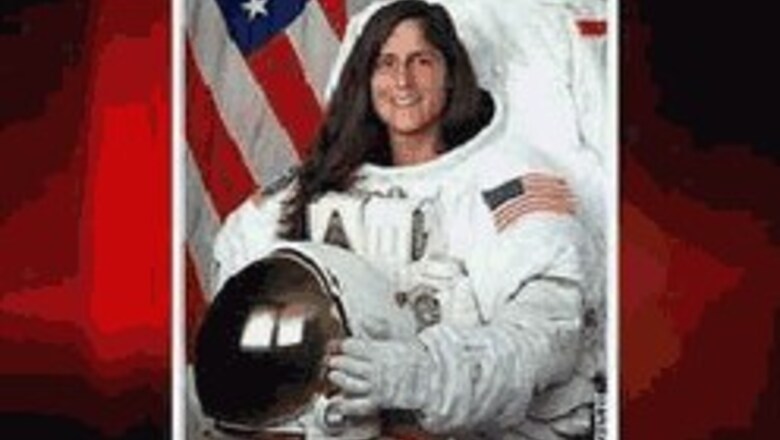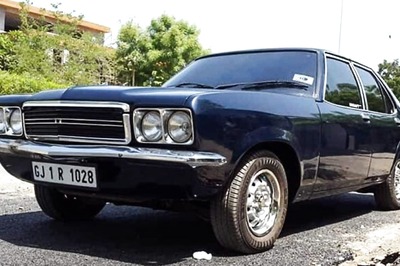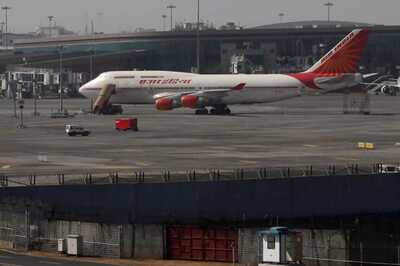
views
New Delhi: Indian American astronaut Sunita "Suni" Williams is participating in an experimental fitness programme designed to reduce the loss of bone and muscle mass in space travellers.
Forty-one-year-old Sunita, also considered a veteran athlete and marathon winner, has spent past over two weeks getting used to living in space and understanding how everything works there.
Sunita wrote to her sixth grade teacher Angela DiNapoli, who has been communicating with the astronaut through email and cell phone, "I finally feel settled. Amazing how all the muscles can adapt! So, I am ready to start working out seriously. In fact, it is really necessary to make sure that we are in tip-top shape for our space walks coming up in February! That will be the true test of how well we have been doing up here."
She will lift weights, run and cycle for at least two hours a day, and will go shoeless for most of her stay on the orbiting laboratory.
She will use her feet to grasp objects so the muscles don't atrophy while she is floating for the next sixth months, according to Angela DiNapoli.
"Lots of folks ask about the treadmill because it is hard to imagine how one can run in space without gravity," Sunita reportedly wrote in an email to friends and family. "We are strapped down to the treadmill using a harness and bungees."
She said that the treadmill and exercise bike are both fitted with a "vibration isolation system" that keeps vibration from the exercises from affecting various systems on the space station, according to the Boston Globe.
The space station "can't really take that stomping around," she wrote. Sunita is scheduled for space walks on February 2, 6, 10, and 19.
Meanwhile, Sunita and her International Space Station (ISS) counterparts Commander Michael Lopez-Alegria and cosmonaut Mikhail Tyuri welcomed New Year with new gear as they prepared a second oxygen-generating system, upgraded soundproofing in the living quarters and unpacked supplies delivered just before Christmas by the space shuttle.
The ISS team spent most of the week installing the US oxygen generation system activation kit in the Destiny laboratory, whose parts were delivered on shuttle mission STS-121 in July 2006.
The new generator will supplement the Russian Elektron oxygen system on the station. The additional oxygen generating capacity will be important as the standard station crew size increases to six as the complex grows.
In their work with the new system this week, Lopez-Alegria and Williams installed a hydrogen vent valve and power, data and fluid hoses and cables.
The system will be activated and tested later this year. Expedition 14 Flight Engineer and cosmonaut Mikhail Tyurin worked in the Russian segment of the station, where he upgraded soundproofing of the ventilation system.
Tyurin installed new fans, sound-deadening vibration isolators and air ducts with acoustic shields to reduce the noise they create.
Earlier this week, both Sunita and Lopez-Alegria shared their mission and goals as astronauts living in space with a group fifth through eighth graders from Chicago's Columbia Explorers Academy.




















Comments
0 comment